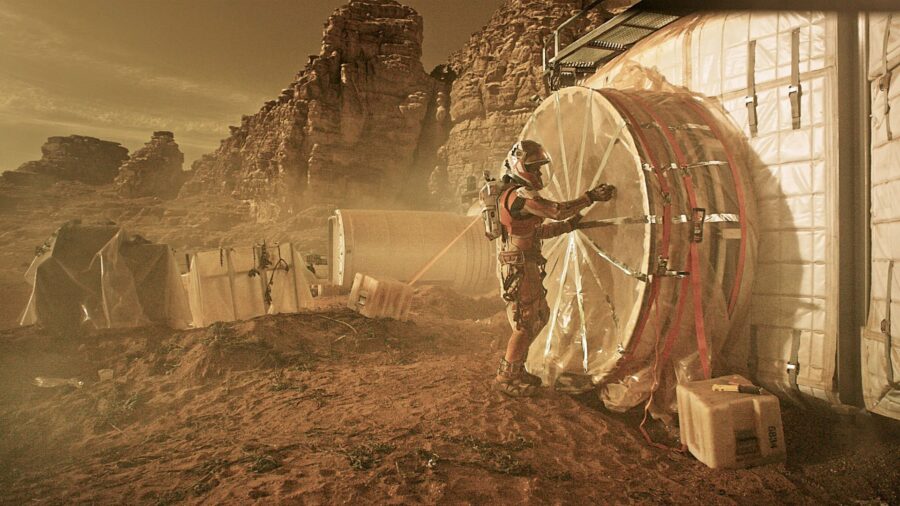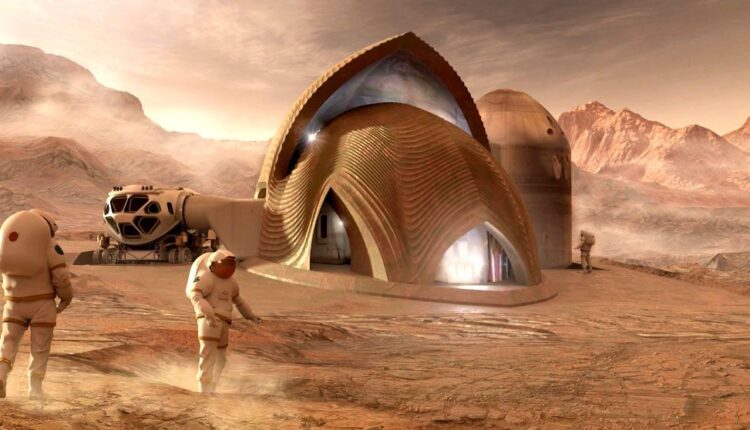©2021 Reporters Post24. All Rights Reserved.
When humans begin settling Mars, they’re going to need structures to live in and work in. To that end, NASA’s has tasked an engineer to dig deeper into her idea of Martian settlers using microbes to grow the materials necessary to build structures. The hope is that a method can be fleshed out that would allow settlers on the red planet to build structures from homegrown materials without the need for transporting those materials from Earth, which would add to the already astronomical cost.
As reported by Gizmodo, the University of Nebraska-Lincoln’s Dr. Congrui Grace Jin was recently one of 14 recipients of grants from NASA’s Innovative Advanced Concepts (NIAC) program. NASA says the function of NIAC is to nurture “visionary ideas” in the area of space travel. Jin caught their attention with her proposal to realize Martian habitat outfitting “by in-situ construction using cyanobacteria and fungi as building agents.”
In Dr. Jin’s plan, if ultimately brought to fruition on Mars, a method would be devised to manipulate the microbes into creating “biominerals and polymers” which would combine with the native Martian rock and dust. “These self-growing building blocks,” Dr. Jin writes, “can later be assembled into various structures, such as floors, walls, partitions, and furniture.” This would hopefully reduce, if not outright eliminate, the need to transport additional building materials from Earth.

The engineer’s idea to grow building materials is only one of a few fascinating ideas that Gizmodo reported on. Another idea that got the nod for NIAC was the building of a pipeline starting at the lunar south pole to extract oxygen from the Moon’s water-ice and transport it. One more innovation would see spacecraft transported across the solar system and even into interstellar space through a method that’s being called “pellet-beam propulsion”: propulsion realized by “a beam of microscopic hypervelocity particles propelled by lasers.”
If Dr. Jin’s brick-growing idea finds a home on Mars, perhaps one of the first structures that can be built is some kind of tribute to the recently deceased InSight Rover. In December came word that the Martian dust — which had been accumulating on InSight’s solar panels ever since they unfolded — had finally caused the Rover to expire. To its credit, InSight actually survived a few months longer than NASA predicted, mostly due to gentler Martian weather.
Considering that kind of inhospitable environment, it may tough to imagine humans could ever settle somewhere like Mars or that the red planet could sustain life. Not only is it possible, but some scientists believe it was sustaining life before Earth was. A study released last month claimed there’s evidence to suggest the first life in the solar system began not on Earth, but on Mars.


